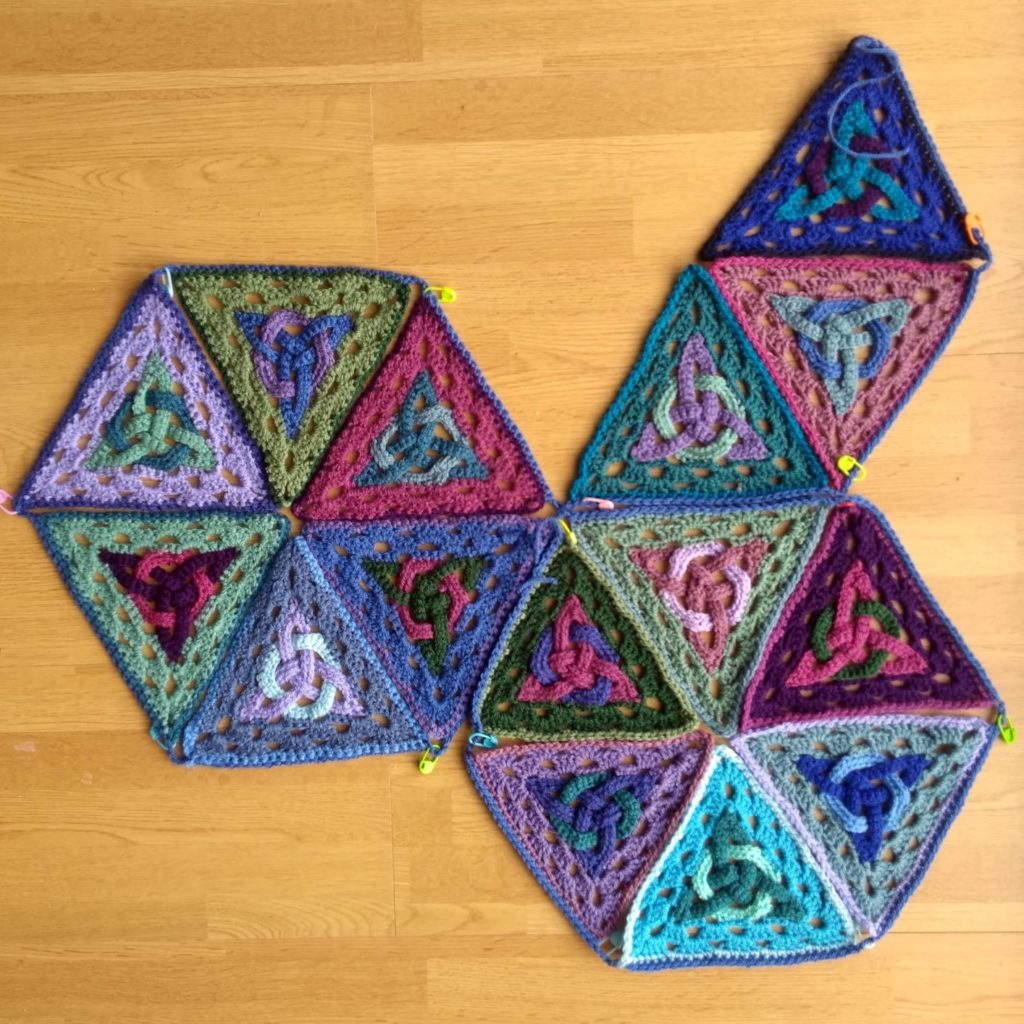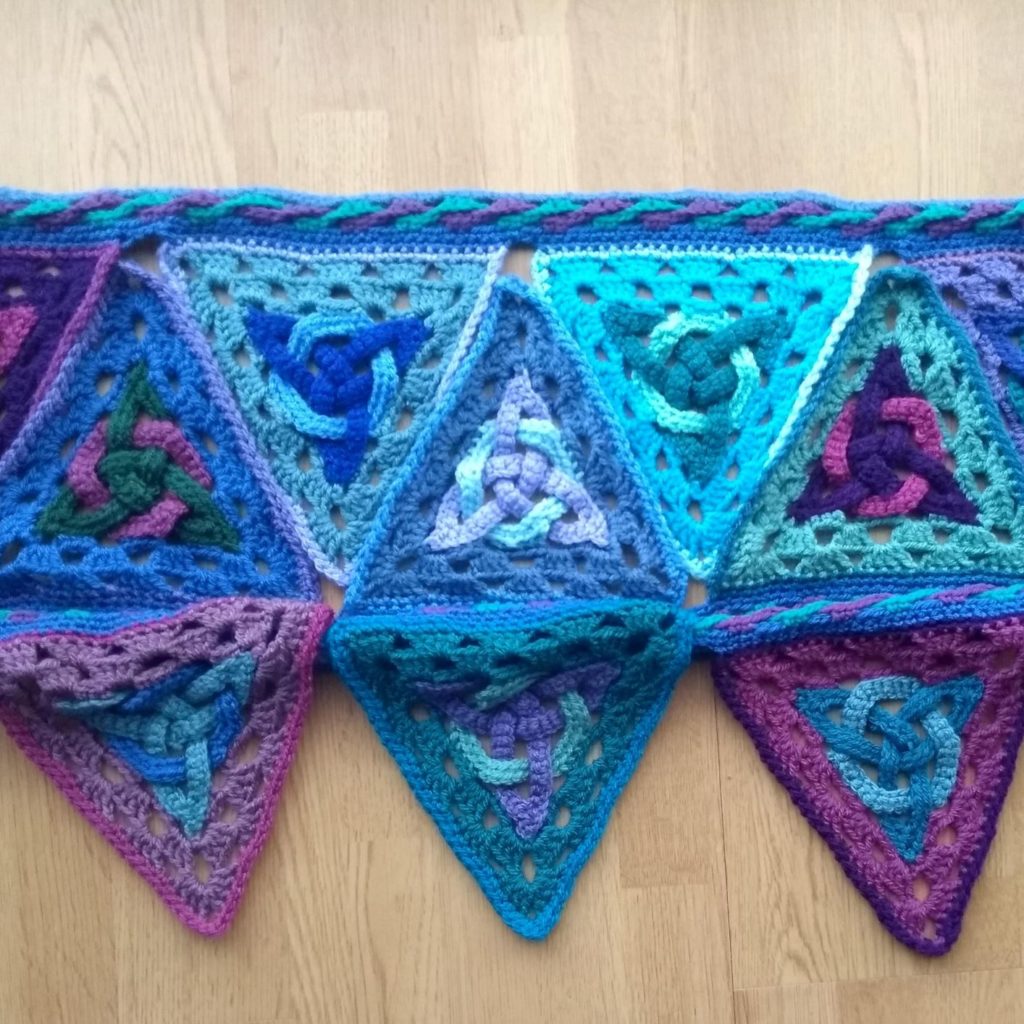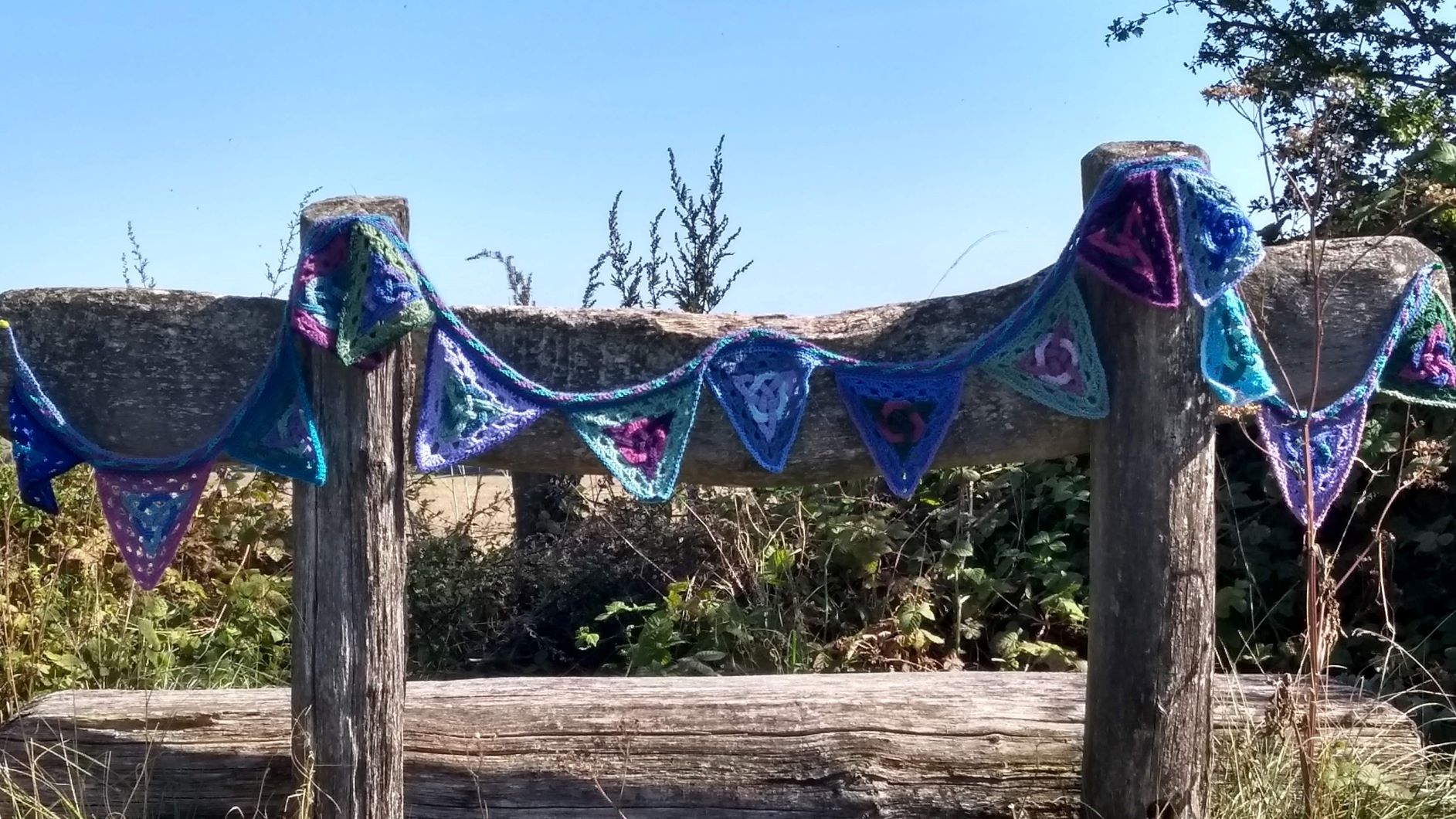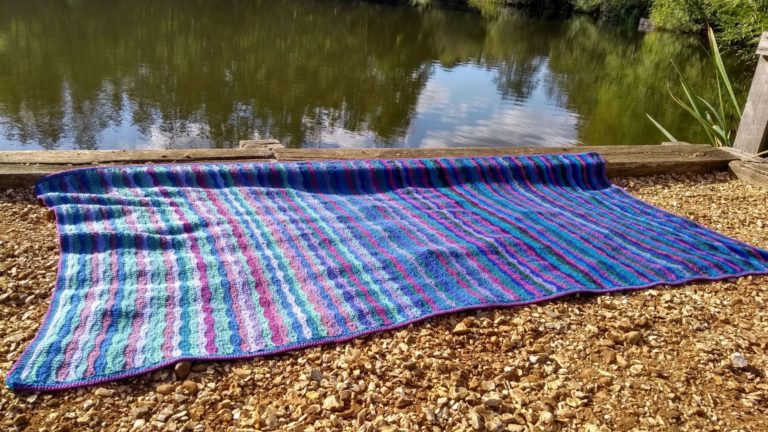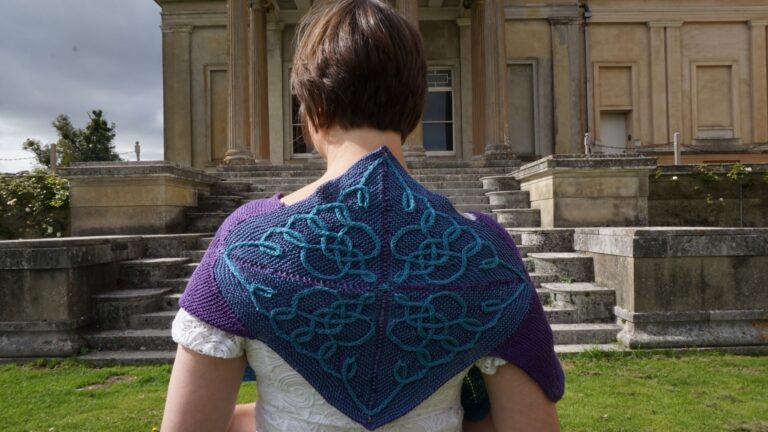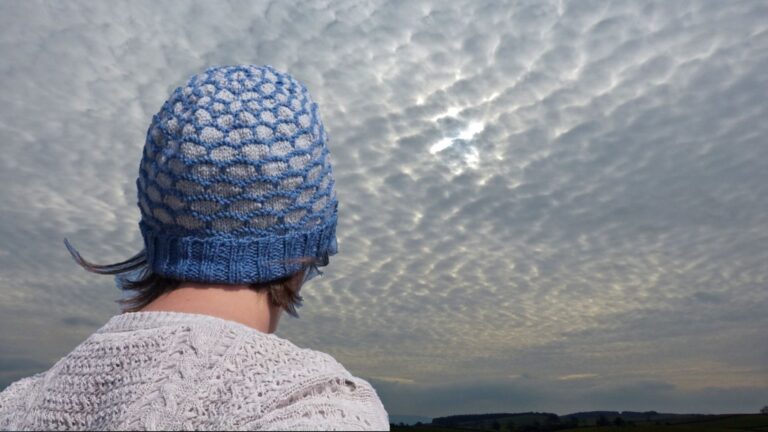From my first discovery of celtic knotwork in my teens, I have always been fascinated with the delicate but intricate patterns. Most of my (admittedly limited) jewellery is based loosely on such designs. Those of you with sharp eyes, may have noticed a celtic knot appearing on my home made row counter for knitting. I also have several shawl pins, bought as presents from my husband. One from the Orkney islands, and the most recent from an independent maker in Sheffield (extra special, as I lived in the city for several years). I have been wondering for a while now, how to incorporate these designs into my knitting and crochet. Some cheerful celtic triquetra bunting seemed to be the perfect project.
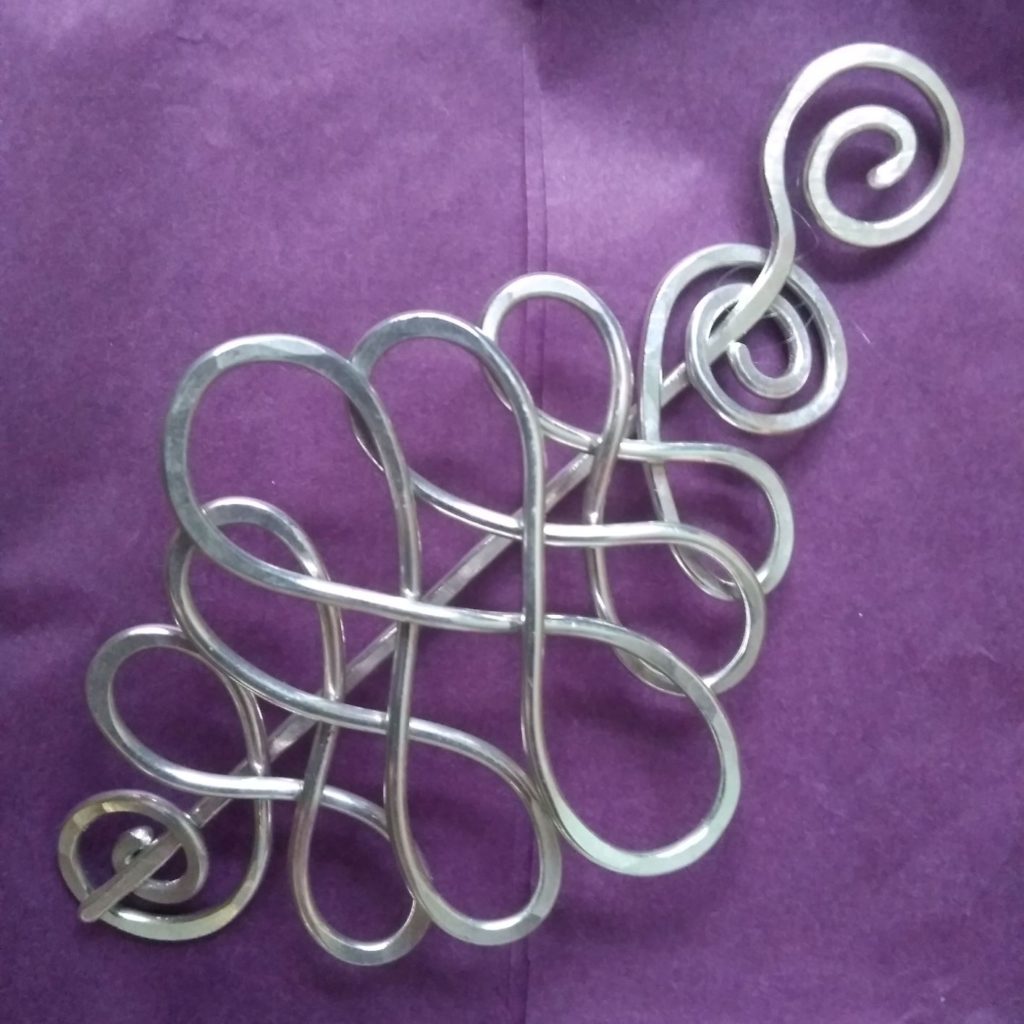
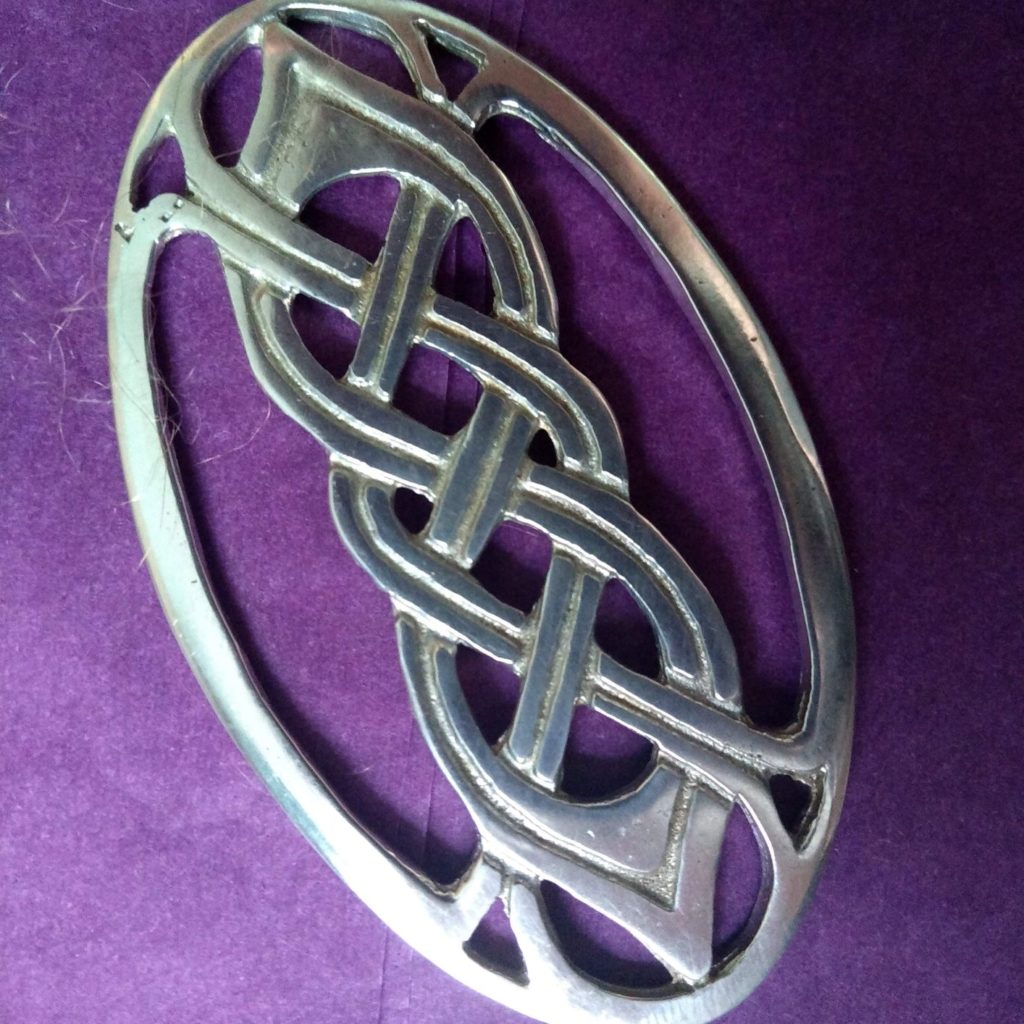
I have been playing around with the various different designs for celtic knot motifs, and have posted some of these efforts in a previous blog. The trinity knot (aka triqetra) really lent itself to bunting, due to its triangular shape. It seemed perfect to create a focal point for each pennant.
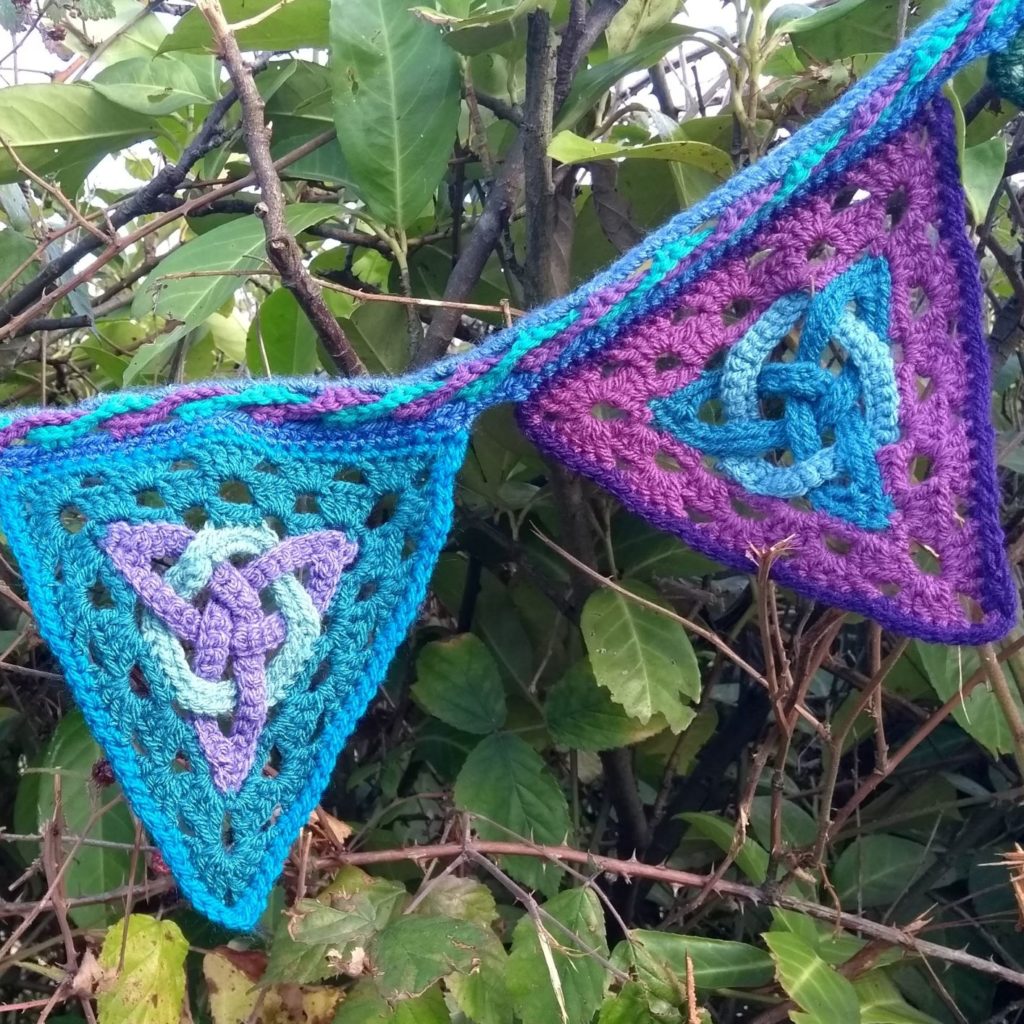
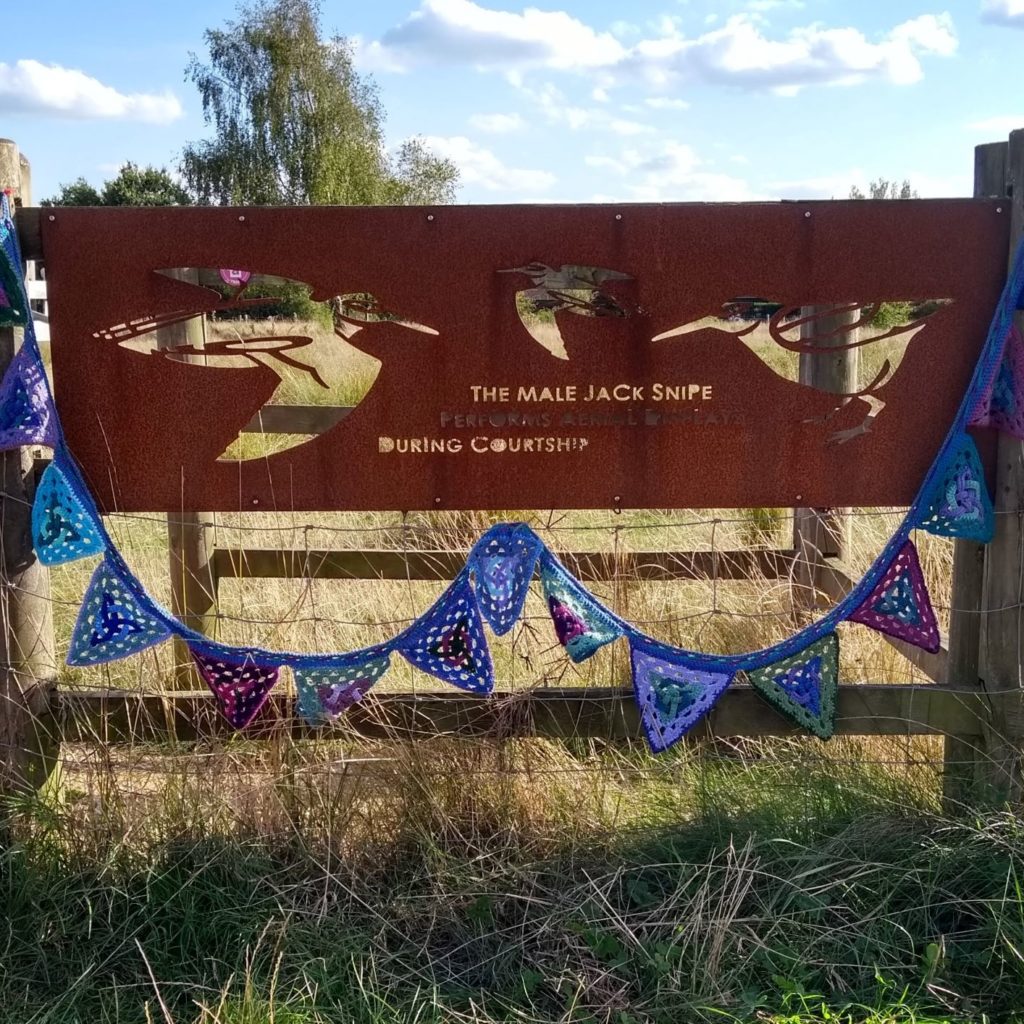
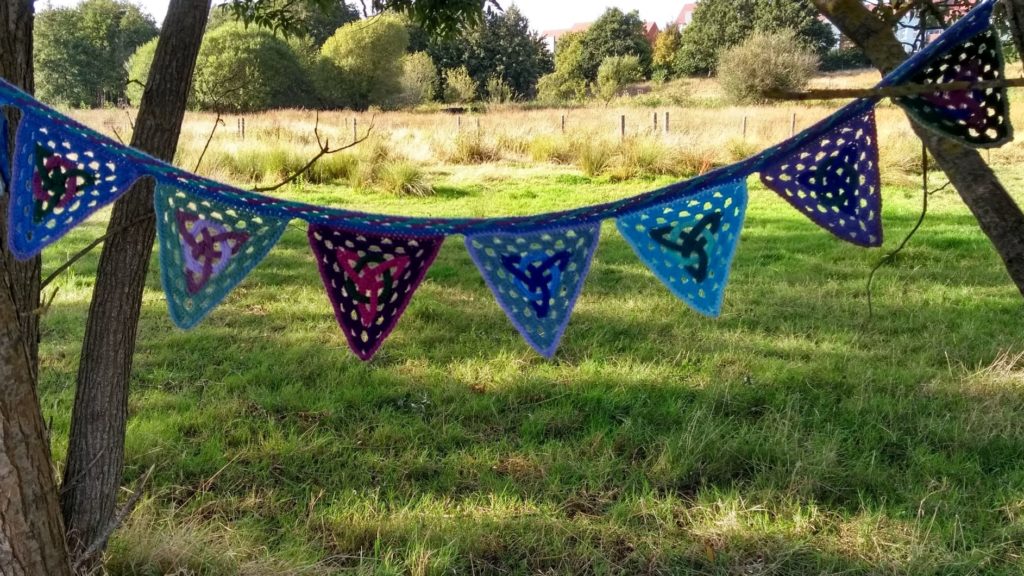
Making the bunting
I wanted to make some bunting to decorate our tent for our summer weekend camping trips. We have a run of the mill green family Vango tent, which looks exactly like every second tent on a busy campsite. Adding bunting should make ours stand out more, so that Monster and Menace can easily pick it out from a busy crowded campsite. I didn’t quite get the celtic triquetra bunting completed for our final trip this summer. But really, that didn’t matter as I worked on it whilst we were there. I enjoyed sitting out in the blazing sunshine, glass of wine in hand, working on the bunting. We seemed to be a magnet for many other children on the campsite, so we had a miniature army of small people running around playing with the stomp rockets, action figures, cricket or frisbee. I did manage to get the triangles strung together well enough to decorate the tent for the final day.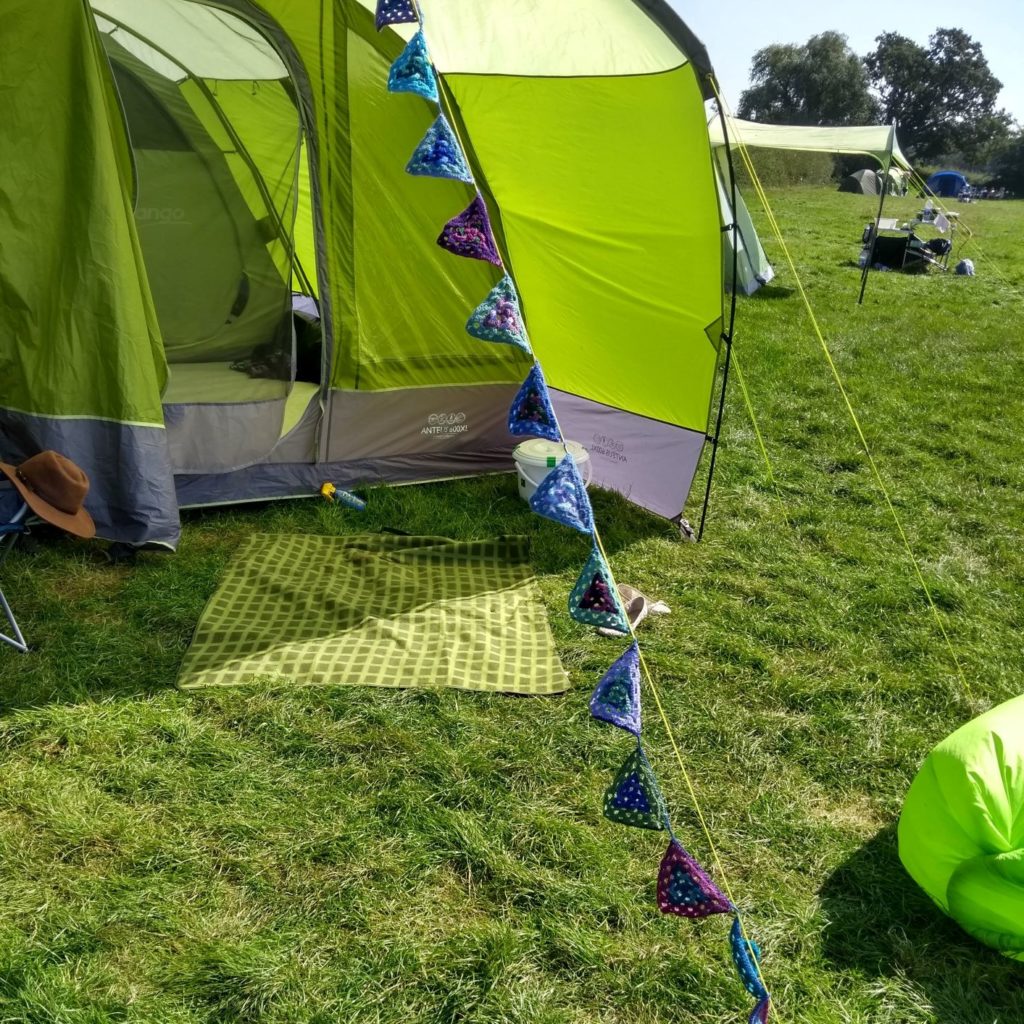
I worked on the fiddly twisted string at home once we returned. After tieing myself in knots several times, I found my rhythm and completed the string. But this was very slow and fiddly work. If you don’t like such things, I strongly recommend you use the more straightforward alternative string option given in the pattern.
Adapting the pattern
The base triangles would lend themselves to many different projects. Although I went with bunting, I think they would also make a fabulous blanket or afghan. They could be arranged either as hexagons, or diamond stripes. Both would look great and make for colourful snuggly cosy yummy loveliness. Perhaps one day, i might do that – or perhaps you would like to take the free pattern and adapt the triangles into other things that I have not yet thought of? If you do, please share your creations on Instagram using #bramblesandbindweed.
